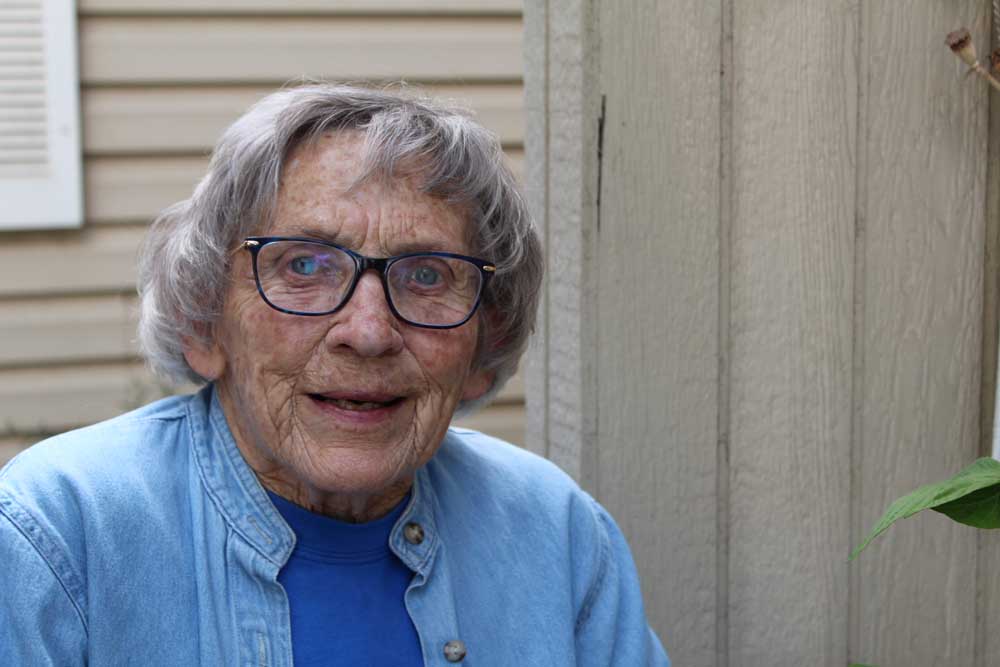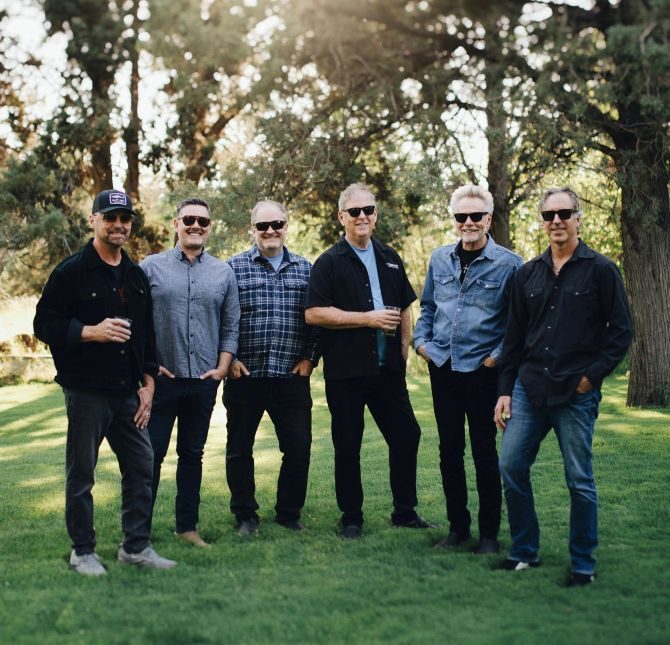Gardening corner: A brief history of horticultural firsts
Published 4:00 am Sunday, November 20, 2022

- Liz Douville
It’s too early to talk of spring plant selections. That subject is on the agenda after January. Should we plant this or that? The articles will offer the why’s or why not’s with information that will hopefully help make wise decisions that will affect your garden budget.
While we wait, and hope for increased snowfall, or rain to pull us out of our drought, let’s look at some horticultural history.
I am not a hoarder, but I do admit to saving more than the average amount of print gardening material. At this time of seasonal transition, the overly stuffed files offers inspiration and reinforcement of how the horticultural industry has developed. We are a far cry from Adam and Eve and the forbidden apple.
What really brought the subject to mind was rereading the first page of the Deschutes County Extension Newsletter from July 1984. It was saved because the front page featured the Master Gardeners at the Bend Saturday Market offering advice. The Master Gardener at the Q&A table was my husband.
I had forgotten, but we did offer bedding plants for sale, gave out seeds for a new bush bean plant and gave away cracked corn to the kids to feed the ducks in the river.
The article also talked about a major project called a Community Garden located on Jones Road at Hollingshead Park. The Bend Metro Parks offered the land and the tilling was done by Bend Future Farmers of America students. Hoses and sprinklers were donated by Oregon Equipment Co.
There have been so many wonderful improvements to that garden over the years in addition to the development of additional Community Gardens that have followed these past few years.
Also on the front page was a recap of the Central Oregon Experimental Station testing a new “water-filled hotcap.” The hotcap had been tested on May 3rd with six cherry tomatoes and six sweet peppers. Soil temperature was 38 degrees F, air temperature at night was 22-23 degrees.
The plants were divided between the open ground, no cover and open ground using the water-filled hotcap. In case you haven’t guessed, the hotcaps became the Walls-of-Water we rely on for survival of early season plantings of tomatoes and peppers.
Within 25 years, development advanced to frost protection using red Walls of Water, red plastic mulch laid over the garden, and red grow bags. Why? It was determined that the red plastic reflects onto the plants higher amounts of certain growth-enhancing light waves from sunlight.
A prized piece of memorabilia is “A Brief History of Gardening” researched and written by Scott Meyer in 1999 and published in Organic Gardening. The history contains many items to ponder and think about.
In 149 B.C. Cato the Elder, in De Agriculture, urges farmers to plant grapes and olives (because they draw moisture and nutrients from the subsoil) instead of planting drought susceptible grain.
Tulip mania 1634-1637: Affluent Dutch gardeners bid up the price of rare or unusual tulip bulbs. In one instance, a single bulb sells for two loads of wheat, four loads of rye, four fat oxen, eight fat pigs, 12 sheep, two barrels of butter, 1, 000 pounds of cheese, two casks of wine, four barrels of beer, a silver beaker, a suit of clothes and a complete bed. (And you thought bulb catalogs were pricey!)
Frederick II in 1744 distributes free seed potatoes to reluctant Prussian peasants and makes them an offer they can’t refuse. Armed soldiers enforce his edict that the peasants plant potatoes or suffer the fate of having their ears and noses cut off.
The Shaker religious communities in New England start the practice of selling seeds in paper packets in quantities suitable for gardener.
In 1801, John Chapman, also known as Johnny Appleseed, arrives in the Ohio valley and begins sowing — you guessed it — apple seeds
1889: Johnson and Stokes, a Philadelphia seed company, introduces the “Brandywine” tomato. One hundred years later, it is the most popular heirloom vegetable.
So many more developments in our lifetime, some to be proud of, some not. I recently read a writing that bears repeating and thought.
Over the years, we have continued to tend to gardens. In many cases for sustenance, but also to create beauty, retain a connection to nature, and enjoy the simple pleasure of digging in dirt. For nearly forever, gardeners and farmers grew plants using common sense, careful observation and the resources nature provided.
Today, we call that approach “organic.” But that term became necessary only to distinguish those time-tested tactics from the shortsighted chemical practices foisted on the public in the name of progress.








